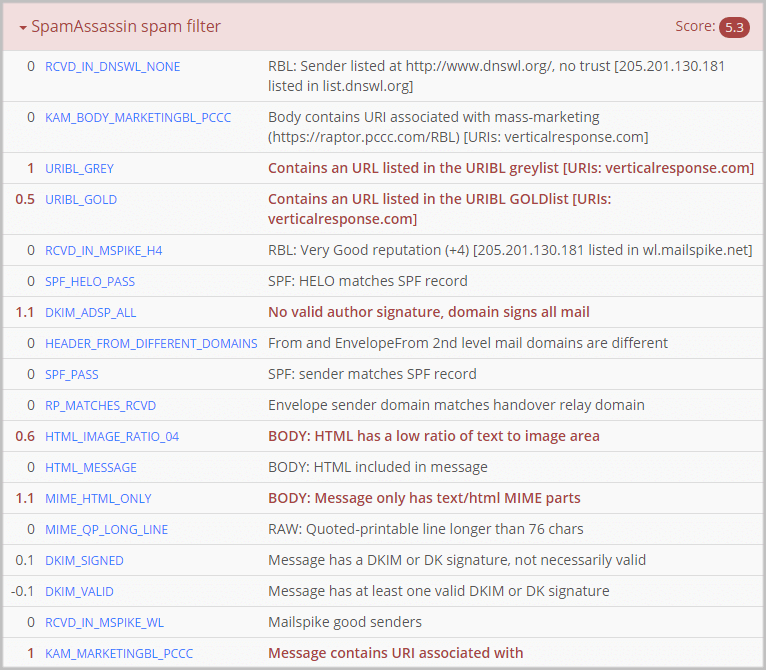What is a seed list for email delivery testing?
A seed list is a list of test email addresses to which each tested message is sent. Addresses from the seed list are monitored by the system to control if messages are received. Thus, a seed list system allows marketers to know their Inbox placement rate, spam rate, and not delivered rate.
The seed list may be created in-house or be proposed by a dedicated third-party vendor. It is often an additional or included service of major ESP platforms. The seed list contains addresses from main ISPs and webmail services and must be representative for each country.
What is email deliverability definition?
Email deliverability measures the ability to deliver email messages to the recipients.
Email deliverability = Inbox placements + emails filtered to junk, spam, promotions, or other folders
Email deliverability is an issue due to email list quality and spam blocking. Issues associated with the list quality are easily managed through good address verification and list hygiene practices. Deliverability issues due to spam blocking are more complex to manage and may affect legitimate emails sent to optin subscribers.
There are two main indicators or metrics for measuring deliverability: “classic” deliverability rate and Inbox placement rate. Each is a based on a different measurement methodology and Inbox placement is often seen as more accurate.
What is email deliverability rate definition?
The classic email deliverability rate is the percent of messages delivered to recipients’ inboxes (not bounced) relative to the total number of emails sent. The deliverability rate is therefore calculated at the ESP platform level by subtracting all bounces or “error” messages.
The deliverability rate as defined above has two main flaws. The first and main weakness is that in some cases an email may be filtered without the recipient email server sending a bounce message to the email service platform. So, the deliverability rate may overestimate the reality. To take this phenomenon into account, some actors prefer using the “non-bounce rate” or “assumed delivery” terms.
The second flaw is that it doesn’t take into account whether the email went into the spam or junk folder of recipients’ Inboxes. In this case, the email is counted as delivered but chances of reading are very low.
Deliverability, as defined above, is the “historical” way of measuring email deliverability. It is more and more often replaced by the Inbox Placement Rate judged as more accurate.
What is the Inbox placement rate definition?
Inbox placement rate is the key email deliverability metric, which measures what percentage of sent emails reach the recipients’ Inboxes.
Inbox placement rate = Inbox placements / total email sent
Inbox placement rate is often seen as more accurate and pertinent than the classic deliverability rate.
What is spam score definition?
A spam score is a score given to an email by applying a set of rules. The higher the score, the higher is the likelihood for the message to be a spam.
Spam scores are used by antispam software and solutions. The best known spam score is the score calculated by the open source solution SpamAssassin used by G-Lock Apps. It uses several hundreds of tests applied on header message and content. Negative or positive points are given for each test.
According to configurations and scores, the message will be blocked or marked as ***Spam*** above the spam threshold. The SpamAssassin default spam score threshold is 5, but the threshold above which the email is classified as a spam message may be customized.
An example of a SpamAssassin test:
